Now, that we know how the Parmigiano is made, we have to taste the difference: to distinct between the 12-, 24- and 36 month old cheese is kind of easy – colour and structure help – but who can tell what kind of milk was used?
Depending if it´s from the “Bianca Modenese”, from the “Rossa Reggiana” or a modern cow breed, the cheese will vary in taste and maturing process, the older it gets, the bigger the difference. Cheese made from the milk of the ancient breeds “Bianca Modenese” and “Red Reggiana” gets even better with age, whereas parma cheese made from modern milk cows (Jersey) likely adds a bitter note the older it gets.
Honestly: to tell the difference, you have to have a piece of each (preferably same age), taste and compare in several steps, but then it´s obviously – you taste the different kind of milk.
There are only a few parma cheese producer who still use the ancient breeds of Bianca Modenese and Reggiana, mostly to find in the Appenin foot hills around Bologna (Colli Bolognesi) – they are perfectly adapted to the environment where they lived for centuries. In the 1960 years, when Parma cheese got known abroad and was asked for, the producer looked for a way to raise the production. Limited by the number of cows (they have to feed only the local grass), they started to switch to the modern breed, which gives up to 10 times more milk. Within 10 years, the ancient breeds of the Appenin foothills were almost gone. Today we have some producer in the area who focus on tradition and extraordinary quality and taste – on a Parma cheese tour Bologna you can see the Bianca Modenese and taste the Parmigiano Reggiano made from its milk.

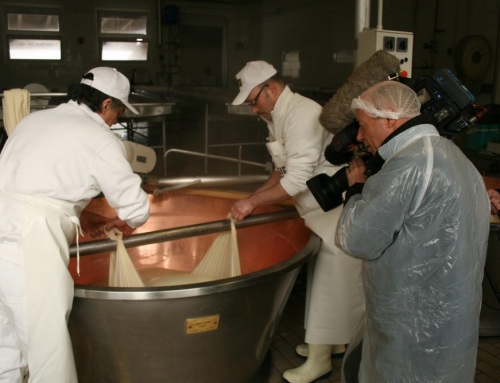
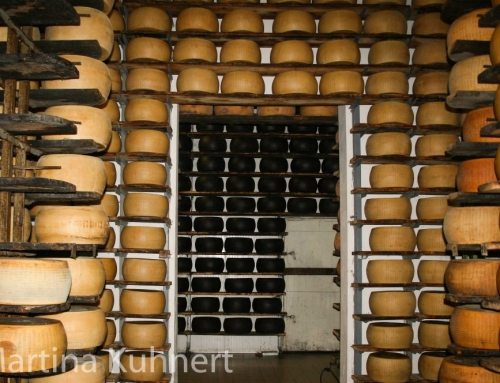
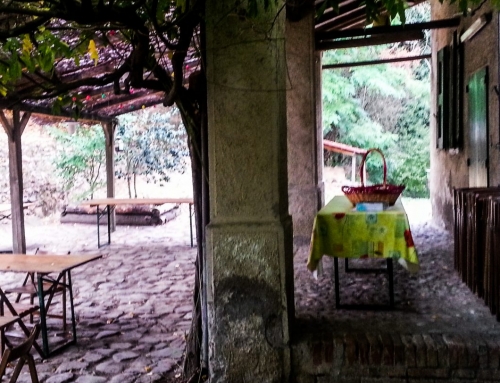
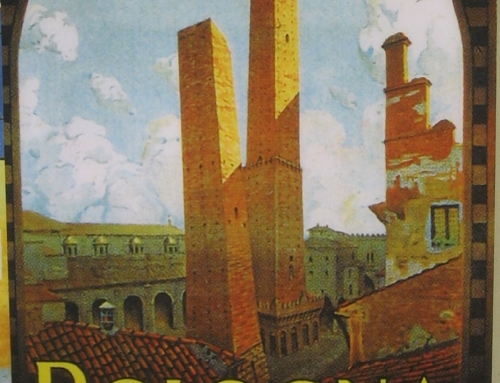
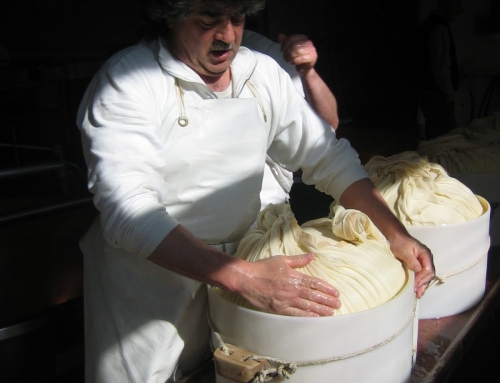
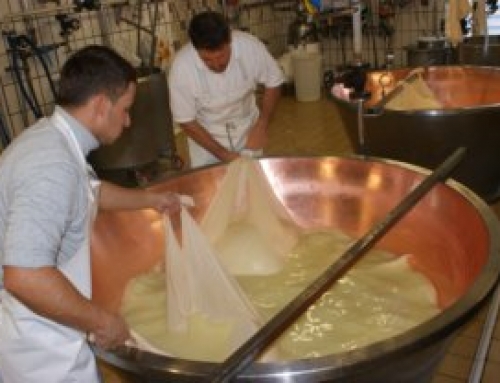
Leave a Reply